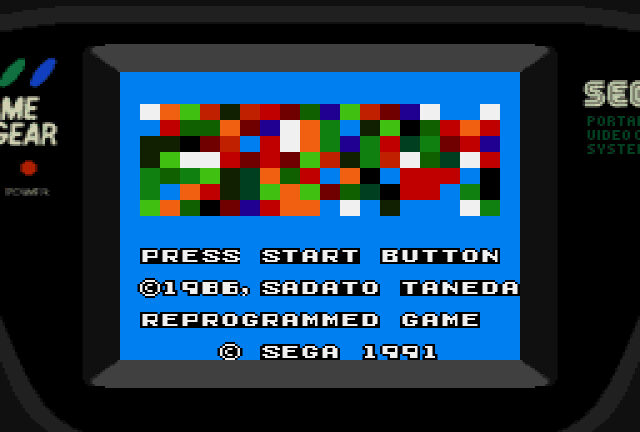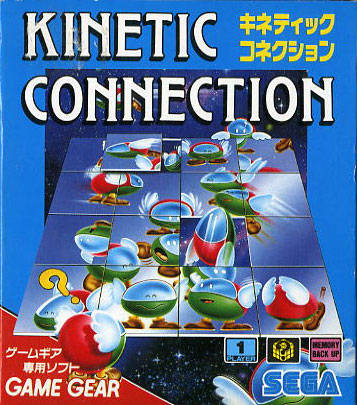
PUBLISHER/DEVELOPER: Sega (Sadato Taneda)
RELEASE DATE: 03/29/91 – (JP)
Nintendo stumbled onto pure cosmic gold with Tetris and the Game Boy back in 1989. Tetris was so popular that millions of middle-aged boomers bought a Game Boy just to play it, including Hillary Clinton. Without meaning to, Nintendo invented the casual gaming market overnight and companies around the world took notice. Sega and Sony tried their best to replicate Nintendo’s success with Columns on the Game Gear and Lumines on the PSP respectively. While both games sold reasonably well, neither set their handhelds up for life like Tetris did for Game Boy.

As much as I don’t care for Columns, I’m just glad we don’t live in an alternate reality where Kinetic Connection was the launch puzzle game for the Game Gear. Instead of relying on the falling-block formula popularized by Tetris, Kinetic Connection has players rotating and re-arranging moving – not static, moving – tiles to form a picture. Imagine those sliding puzzles from when we were kids, but with the difficulty ramped up to Mensa levels, and you get the idea.
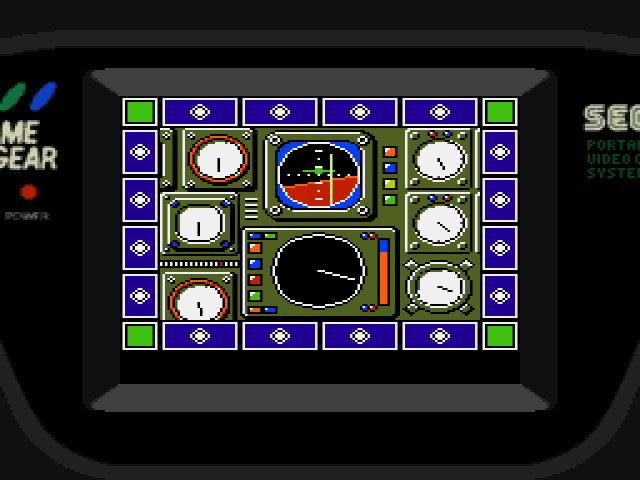
Kinetic Connection offers seven simple pictures for you to build, including: the inside of a cockpit, a series of Opa-Opas against a blue background, and balls rushing through multiple pipes. These pictures, though, are ludicrously tough to arrange properly.
The completed Opa-Opa puzzle, for example, shows a dozen Opa-Opas – all of which look exactly the same – march down a bright blue background at slightly alternating levels. Once I scrambled the puzzle, however, I didn’t know where to begin. The background color doesn’t change across any of the pieces. Opa-Opa and his twelve clones are now marching into each other from all different angles. I could turn all the Opa Opas right side up and move them to where I think they belong, but if that doesn’t work, where do they go? No hints. No mercy. Absolute surrender.

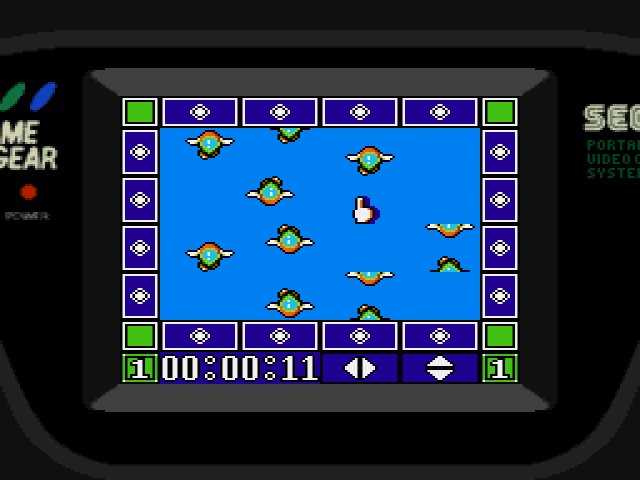
The mechanics are not intuitive either. One would think that in order to rotate your puzzle piece, you’d click on the piece, then click the directional button to turn it in a specific direction. Wrong! If you want to flip a piece, you click the directional button, then touch the piece to turn it, then touch the directional button again to disable it. If you don’t turn off the button before you touch another piece, any piece you touch will be turned.
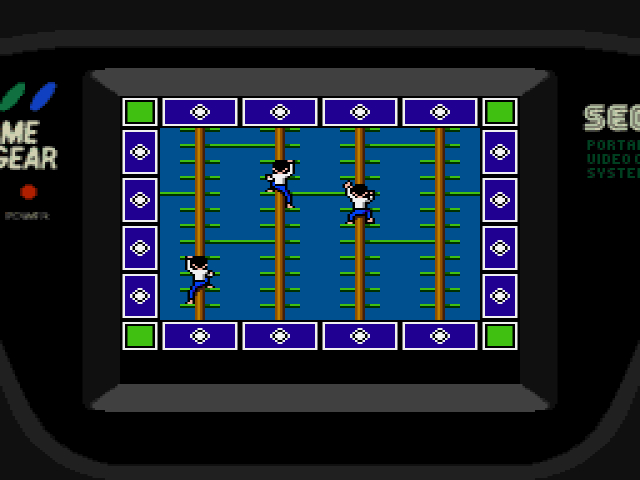
If this sort of incredibly hard, moving-picture rotate-a-thon speaks to you, then you’re in for a treat. Each of the game’s seven stages has three separate challenges labeled Game 1, Game 2, and Game 3. This makes for a total of twenty-one nightmare-inducing puzzles to complete. I never ventured deep into Game 2 or 3. The additional challenges just re-arrange the puzzle pieces in slightly different, more difficult iterations, and I could not handle it. Game 1 is hard enough, thanks.
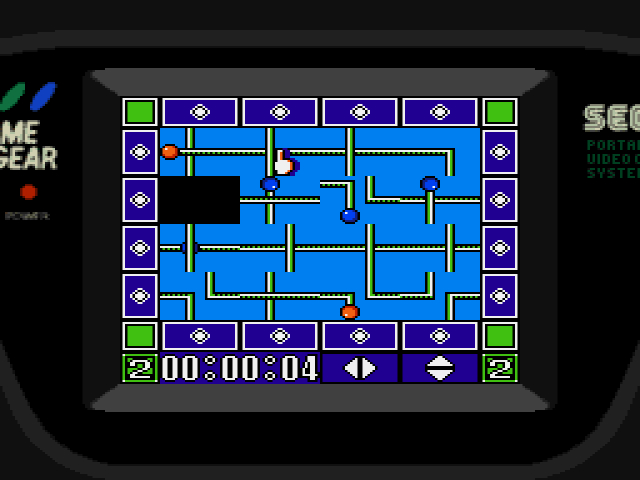
Much to my shock and chagrin, Kinetic Connection is actually part of a series of games that began in the mid-80s. Kinetic Connection was first released for the MSX in 1986 and for the Famicom Disk System as Monitor Puzzle Kineko: Kinetic Connection Vol. 1 and 2 in 1986 and ’87, respectively. A long four years passed before the series gasped its last horrific breath in obscurity on the Game Gear. Kinetic Connection, to my knowledge, hasn’t been seen on any system since.
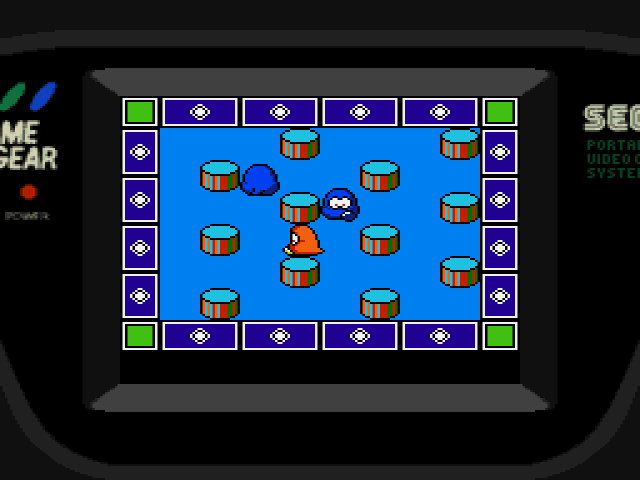
Like Columns before it, Kinetic Connection is not the killer puzzle title for the Game Gear. Not even close. Moving and rotating puzzle tiles is a slow, boring business. Re-arranging them in the proper order is clunky and frustrating. Apparently this style of gameplay appealed to enough people to warrant multiple games, but the fact that we haven’t seen a new entry in decades speaks volumes. Kinetic Connection is an absolute chore.
F

